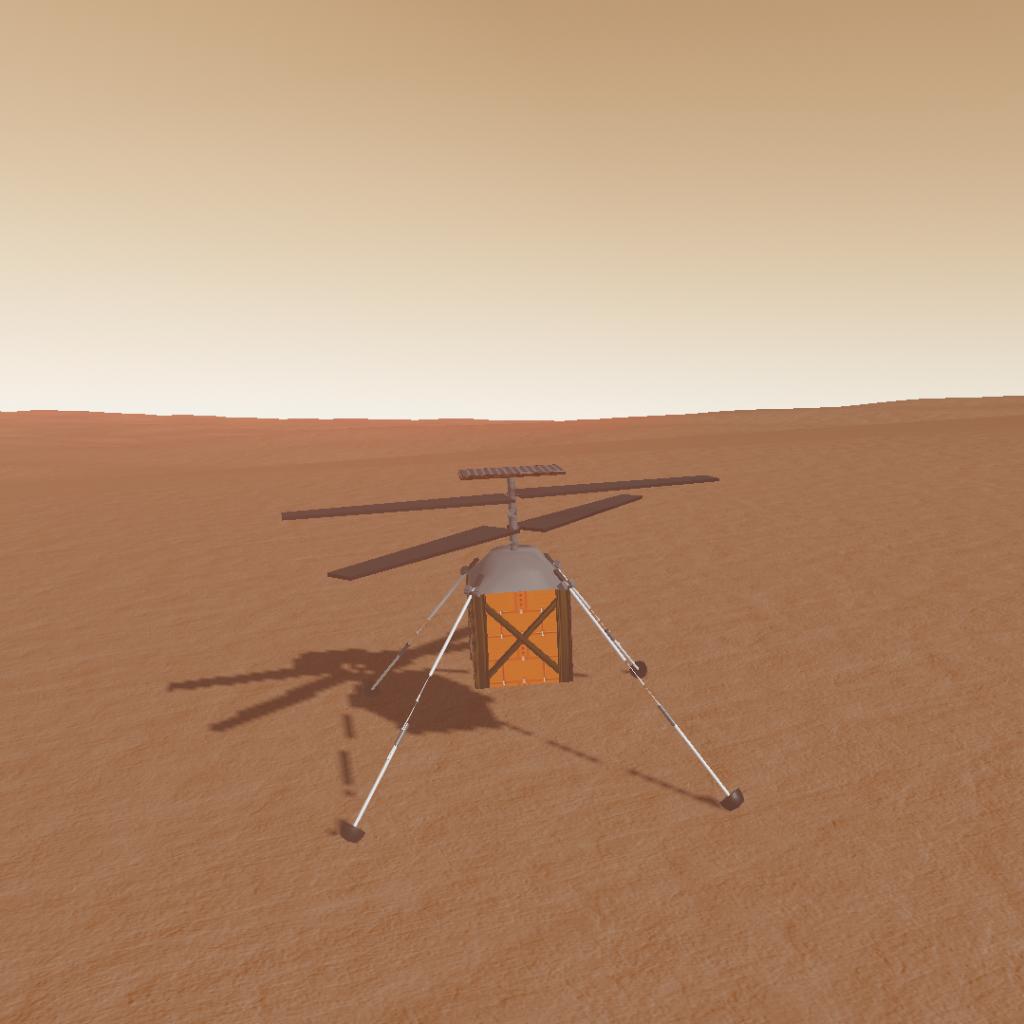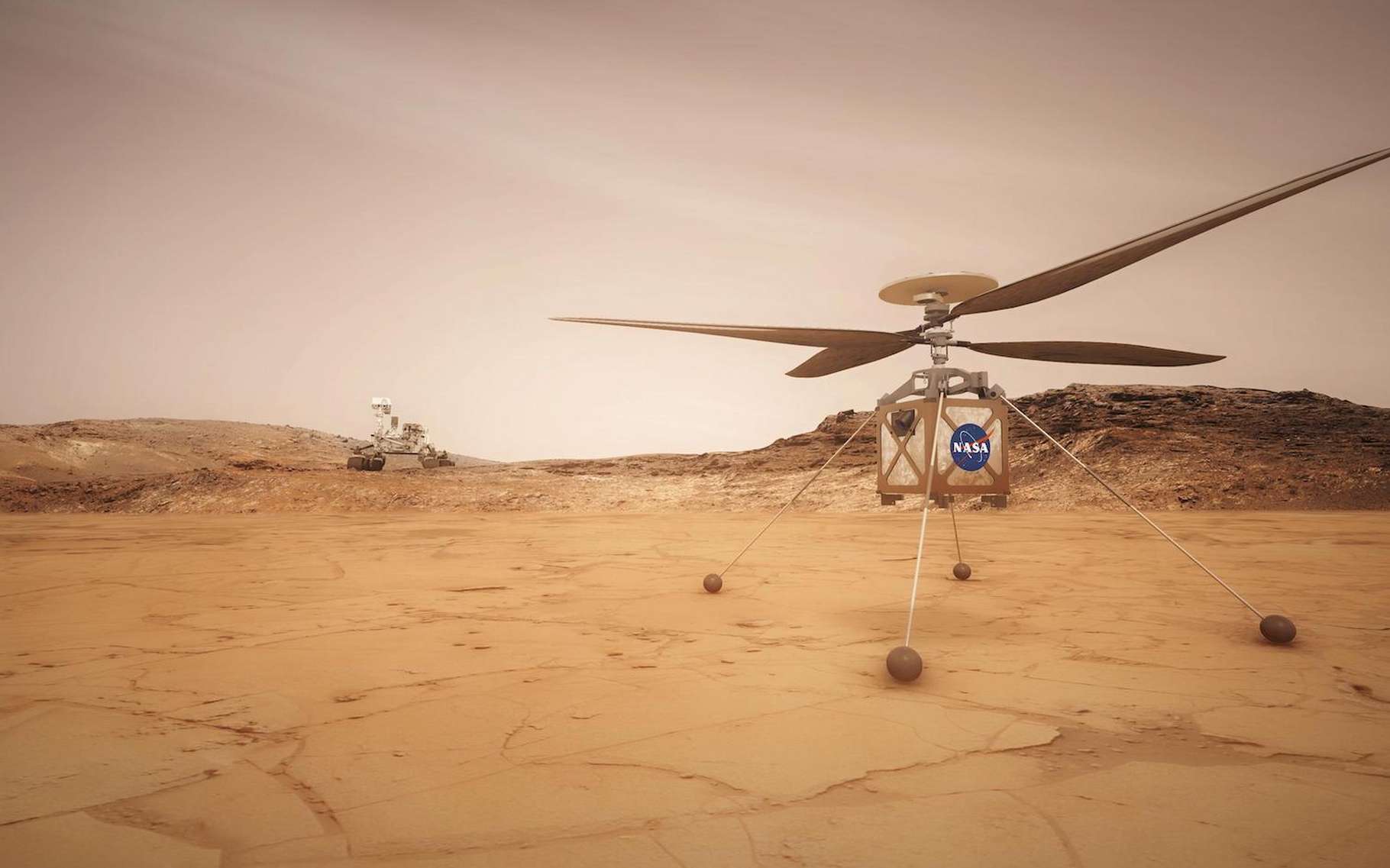

Due to the exponential growth of the technology and drone industry, kids and teens may now explore, learn and evolve along with the applications of today and the discoveries of tomorrow.
#Mars 2020 drone how to
The primary goal of any Drobots Company program is to mentor participants on how to become lifelong learners and instill a strong sense of curiosity, confidence and teamwork. The life-hunting Dragonfly is scheduled to lift off in 2026 and land on Titan’s frigid surface in 2034. NASA plans to launch another rotorcraft soon as well - Dragonfly, which will soar through the thick atmosphere of Saturn’s huge moon Titan. “But if we prove powered flight on Mars can work, we look forward to the day when Mars helicopters can play an important role in future explorations of the Red Planet.” “Since our helicopter is designed as a flight test of experimental technology, it carries no science instruments,” she added. (1.8 kilograms) helicopter will detach and begin flying test sorties. The duo will launch together in July 2020 and touch down inside the Red Planet’s Jezero Crater in February 2021. Engineers at NASA’s Jet Propulsion Laboratory (JPL) in Pasadena, California, attached the tiny Mars Helicopter to the agency’s car-size Mars 2020 rover today (Aug.

The first-ever off-Earth helicopter just hooked up with its traveling companion. If the blades increase the pitch only when on one side of the drone, the drone move sideward if pitch is 0, propellers turn but drone does not move.Mars Helicopter Drone Installed on NASA’s Next Red Planet Rover (*) Unlike amateur multicopters/drones used on Earth to play with, Ingenuity propellers can rotate without producing any lift, being designed like the ones of a real helicopter, so each blade can vary its pitch independently if all of them change pitch at same time, the drone moves upward. The Mars Helicopter team will use all information available to determine when and how to move forward with their next test.


From the data downlinked that first evening after the flight, the Mars Helicopter team expect to be able to determine if their first attempt to fly at Mars was a success.Ģ3 - All the remaining engineering data collected during the flight, as well as some low-resolution black-and-white imagery from the helicopter’s own Navigation Camera, could be downlinked to JPLĢ4 - The two images taken by the helicopter’s high-resolution color camera should arrive. 1 - Release the locking mechanism that helped hold the helicopter firmly against the rover’s belly during launch and Mars landing.Ģ - Fire a cable-cutting pyrotechnic device, enabling the mechanized arm that holds Ingenuity to begin rotating the Helicopter out of its horizontal position.Ĥ - A small electric motor will finish rotating Ingenuity until it latches, bringing the helicopter completely verticalĥ - Final two landing legs will snap into positionĦ - The helicopter will hang suspended at about 13 centimeters over the Martian surfaceħ - Final opportunity to utilize Perseverance as a power source and charge Ingenuity’s six battery cellĩ - Check if Ingenuity’s four legs are firmly on the surface of Jezero Craterġ0 - Check if the rover did drive about 5 meters awayġ1 - Check if both helicopter and rover are communicating via their onboard radiosġ2 - Receive the final flight instructions from JPL mission controllers through Perseveranceġ3 - Survive the first night of the sequence period on the surface of Marsġ4 - Wiggle the rotor blades and verifying the performance of the inertial measurement unitġ5 - Test the entire rotor system during a spin-up to 2537 rpm (while Ingenuity’s landing gear remain firmly on the surface) (*)ġ7 - If all final self-checks look good, lift offġ8 - Climb at a rate of about 1 meter per secondĢ0 - Hover at 3 meters above the surface for up to 30 seconds.Ģ1 - Descend and touch back down on the Martian surfaceĢ2- Perseverance will downlink Ingenuity’s first set of engineering data and, possibly, images and video from the rover’s Navigation Cameras and Mastcam-Z.


 0 kommentar(er)
0 kommentar(er)
